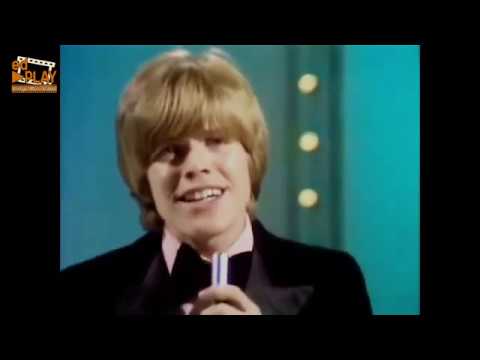Where Do You Go to My Lovely – Peter Sarstedt (Live)
“Where Do You Go to (My Lovely)” is a 1969 song by British singer-songwriter Peter Sarstedt, a nostalgic and haunting ballad often described as a character portrait of an enigmatic woman. The song, set in a simple, catchy folk-pop melody, weaves a story that seems glamorous on the surface but hints at deeper sadness underneath. With poetic lyrics, it narrates the life of a beautiful woman, referencing her fashionable lifestyle, high society friends, and jet-setting lifestyle across Paris, Rome, and Monte Carlo. Sarstedt’s descriptive writing creates a vivid image of someone who appears to have it all yet seems haunted by her roots, originating in a humble neighborhood in Naples.
The song, inspired by the French chanson style, delves into themes of class, wealth, and identity. Sarstedt crafted it with remarkable detail, including references to specific designers, artists, and high-status symbols like the Rolls-Royce car. These references were rare in pop music of the 1960s, adding an air of sophistication and timelessness to the song. Despite the woman’s glamorous life, the narrator implies that her identity is fragmented; he reflects on her past and wonders if she has found happiness or if she has been hollowed out by her quest for status and beauty. This tension between her origins and her current life suggests an underlying melancholy that resonates with listeners who sense she may feel out of place in her own life.
The song’s lyrics and tone evoke a kind of wistful intimacy, as if the singer knows the woman deeply or once shared a meaningful connection with her. The repetition of the line “Where do you go to, my lovely, when you’re alone in your bed?” adds an almost accusatory poignancy, as if he suspects that beneath her glamorous facade lies a longing for something real and unattainable. This questioning is never answered, adding to the song’s mystery. The ambiguity leaves listeners to wonder if the singer is a former lover, a friend, or merely an observer reflecting on the hollowness of a life devoted to appearances. This aspect of the song, combined with Sarstedt’s emotive delivery, captures a timeless, bittersweet quality.
The song became a massive hit in 1969, reaching number one on the UK Singles Chart and making Sarstedt a household name. Its themes of disconnection and self-discovery struck a chord in a rapidly changing world. As much as it was a product of the 1960s, “Where Do You Go to (My Lovely)” remains timeless because it explores universal feelings about identity, the passage of time, and the cost of personal reinvention.







